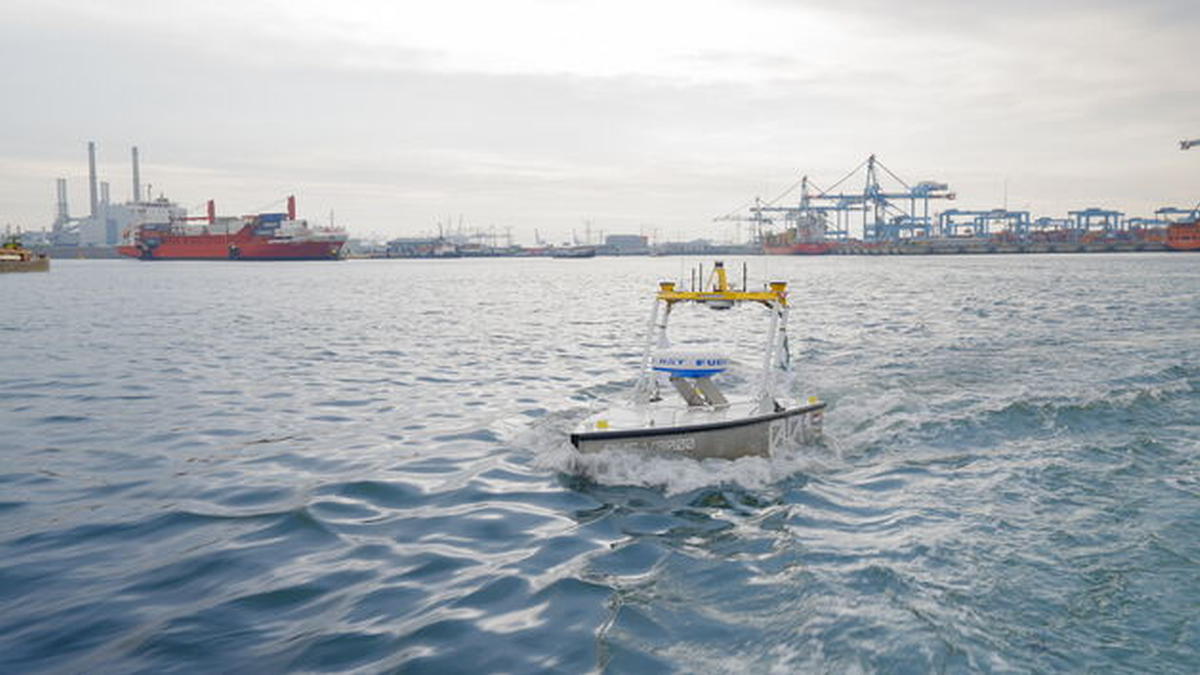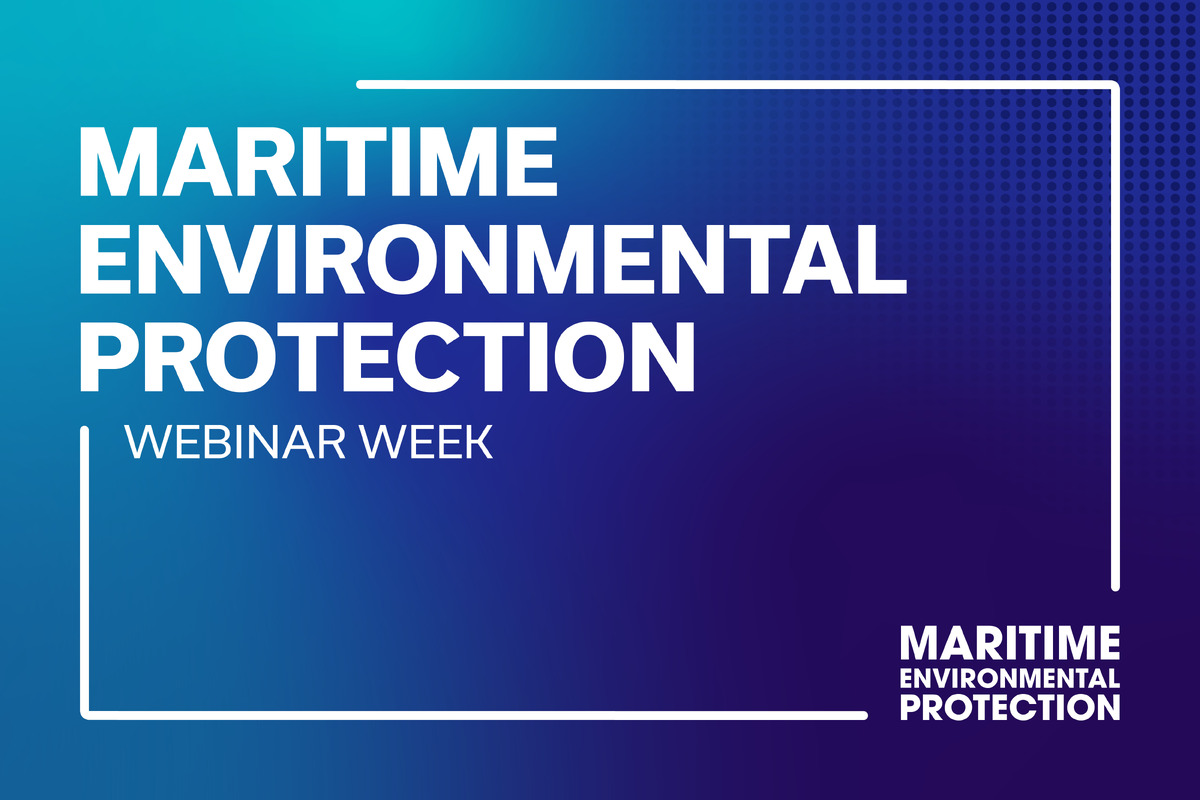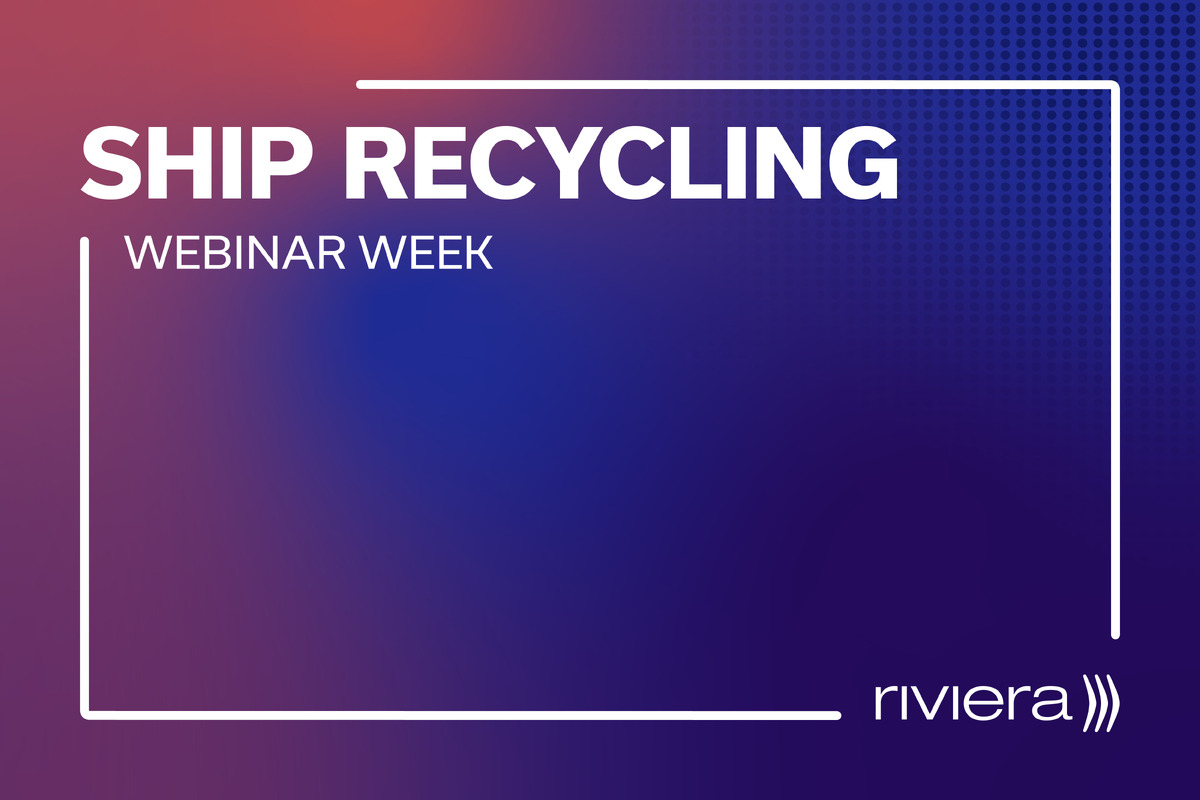Business Sectors
Events
Marine Coatings Webinar Week
Contents
Register to read more articles.
Knowing collision avoidance rules is crucial
Regular columnist Simon Tatham explains the complexities with the International Regulations for Preventing Collisions at Sea when applied to tugs in transit
Former tug skippers will fondly remember learning and applying the Rules of the Road: the International Regulations for Preventing Collisions at Sea 1972, which apply (subject to any local rules) in harbours and at sea.
When not towing, a tug underway at sea is subject to the same collision avoidance rules as any other ship. When at sea, most vessels proceed along the shortest route between points, often using an autopilot. On regular trading routes where no separation scheme applies, this often means vessels are on reciprocal courses, which brings its own particular risk of collision and avoidance obligations.
Mariners will be forgiven for saying “yes we know that; the rule is that both ships go to starboard”. Indeed, that is the case, but despite the rule (Rule 14 - which applies in relation to vessels in sight of each other) collisions do occur, and when they occur blame needs to be apportioned, which means the compliance of each vessel with the Rules is put under the spotlight. With automatic identification system (AIS), ECDIS and voyage data records generally available, there is today little scope for hiding.
As always, what might first appear simple becomes a good deal more complex when closely analysed.
Rule 14(a) is clear enough: when two power-driven vessels are meeting on reciprocal or nearly reciprocal courses so as to involve the risk of collision, each shall alter course to starboard so that each shall pass on the port side of the other.
Equally Rule 14(c) is surely a very sensible addition to (a): When a vessel is in any doubt as to whether such a situation exists, it shall assume that it does exist and act accordingly.
Difficulty has however surrounded the interpretation of Rule 14(b). This provides: “Such a situation shall be deemed to exist when a vessel sees the other head on or nearly ahead; and by night it would see the mast headlights of the other in a line or nearly in a line and or both side lights and by day it observes the corresponding aspect of the other.”
If Rule 14(b) were applied strictly in determining when a head-on situation is deemed to exist, the reference to seeing both side lights simultaneously would mean that reciprocal courses, to fall within the Rule, must be within 6° of each other, each side light being visible in an arc 3° from forward (Annex 1, Rule 9(a)(i)).
All sorts of questions therefore arise, not least because if it is not a head-on situation, it must be a crossing situation under Rule 15, which means one vessel must alter course to starboard as the give way vessel while the other is obliged to maintain its course as the stand on vessel.
Several real practical issues arise. What if one vessel saw both side lights but the other saw only one side light? What if the vessels were yawing, as a tug might do, such that the side lights were forever changing?
What if a reciprocal course existed well before side lights were actually visible? Side lights are only required to be visible at 3 miles (Rule 22(a)) which for ships approaching at a combined speed of, say 24 knots, is covered in less than seven minutes.
What if mast headlights (visible at 6 miles) were observed nearly in line but it transpires that the tracks of the two vessels on subsequent analysis were at all times separated by more than 6°?
What if the courses started out head-on so as to apply Rule 14, but as the vessels closed the angle between them widened to become a crossing situation – or vice versa? How in daylight does a watchkeeper determine whether the ’corresponding aspect’ of the other vessel was nearly reciprocal?
Is the daytime watchkeeper expected to work out theoretically whether at night he would be seeing (or displaying to the other) both side lights? What if one ship applies Rule 14 and the other Rule 15 – would Rule 14(c) supersede Rule 15 in all cases of doubt?
Surprisingly perhaps, there have to date been relatively few decided cases on Rule 14. In a recent Admiralty Court case in London, Rule 14 – the ’Head-on situation’ has been the subject of detailed judicial scrutiny*: about 100 pages of it. It is a long read but highlights the importance of knowing the Rules and all those associated complexities.
Simon Tatham is a consultant in maritime solicitors Tatham & Co
Related to this Story
Events
Marine Coatings Webinar Week
Maritime Environmental Protection Webinar Week
Ship Recycling Webinar Week
© 2024 Riviera Maritime Media Ltd.












